EJ Bellocq and the Storyville prostitutes
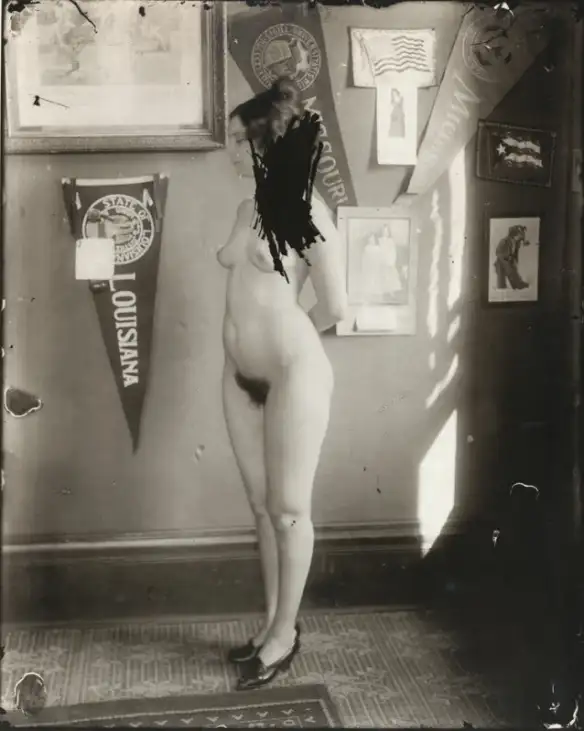
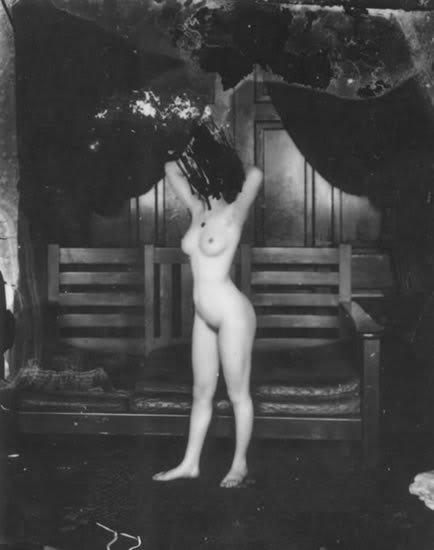
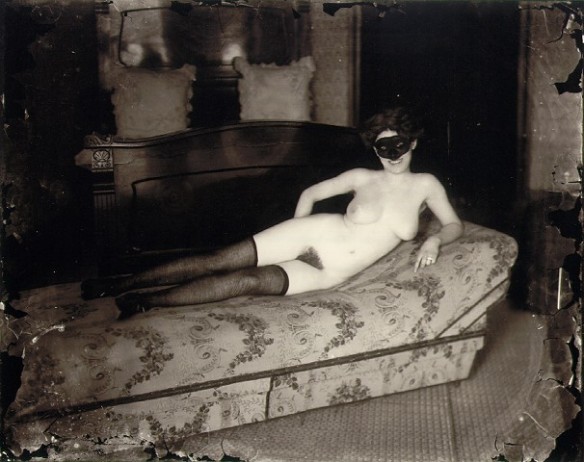
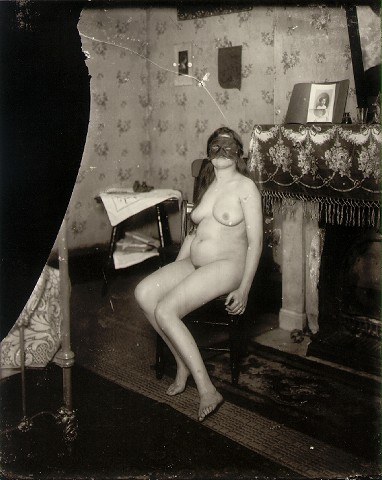

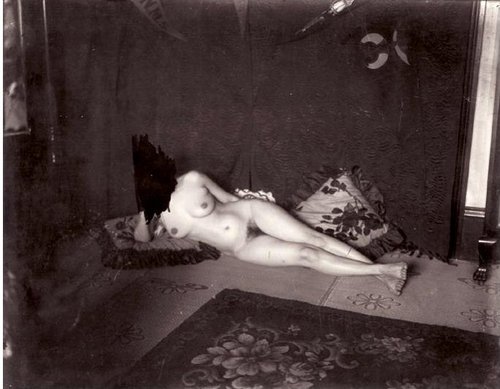
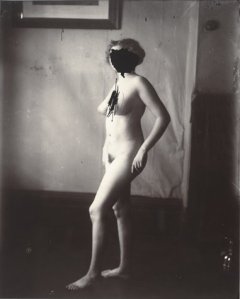 Storyville
was the legendary red-light district of New Orleans, which famously
legalized prostitution between 1898-1917. After its abolition in 1918,
the buildings were almost entirely torn down, from the expensive
high-class mansions to the cheap “cribs”. Today, little remains of this
once “unofficial American capital of vice”, where madams had the status
of local celebrities and the first notes of jazz were played.
Storyville
was the legendary red-light district of New Orleans, which famously
legalized prostitution between 1898-1917. After its abolition in 1918,
the buildings were almost entirely torn down, from the expensive
high-class mansions to the cheap “cribs”. Today, little remains of this
once “unofficial American capital of vice”, where madams had the status
of local celebrities and the first notes of jazz were played.Some of the only visual evidence that exists from Storyville are these haunting images of prostitutes, taken in the first two decades of the 20th century by an obscure photographer named E. J. Bellocq. These photographs were a secret side project of Bellocq, who made his living photographing far more banal things like landmarks and ships for local companies. Hidden in a sofa until after Bellocq’s death, the glass negatives we thrust into the consciousness of the art world in 1970, when they were acquired by artist Lee Friedlander, who reprinted the Storyville images as part of an exhibition at MoMA in New York.
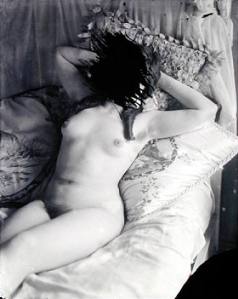 Perhaps
the most unsettling element of these pictures are the mysteriously
scratched out faces of many of the prostitutes. Although some have
speculated that this was the work of E J Bellocq’s brother, a Jesuit
priest who inherited the negatives, experiments by Lee Friedlander
proved that the scratching had to have taken place during the processing
of the negatives; hence, E J Bellocq must have been the de-facer.
Perhaps
the most unsettling element of these pictures are the mysteriously
scratched out faces of many of the prostitutes. Although some have
speculated that this was the work of E J Bellocq’s brother, a Jesuit
priest who inherited the negatives, experiments by Lee Friedlander
proved that the scratching had to have taken place during the processing
of the negatives; hence, E J Bellocq must have been the de-facer.Why scratch out the faces?
In other photographs, many of the women wear masks, presumably to hide their identity; could this be the motivation? And was this at the request of his models? Despite making a living selling their bodies, did some of the Storyville prostitutes draw the line at surrendering their image? Or, did the masking and scratching come from Bellocq?
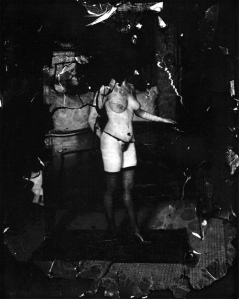 Perhaps it was more about an extreme fetishisation of
the body, completely divorced from an identity or humanity? To the best
of anyone’s knowledge, these photographs were never circulated or sold
for profit by Bellocq. They were his private encounters; could the
taking of each pictures be considered a sort of sex act in itself? His
unsettling images open up more questions than they answer.
Perhaps it was more about an extreme fetishisation of
the body, completely divorced from an identity or humanity? To the best
of anyone’s knowledge, these photographs were never circulated or sold
for profit by Bellocq. They were his private encounters; could the
taking of each pictures be considered a sort of sex act in itself? His
unsettling images open up more questions than they answer.One last interesting fact: Bellocq was often described as “insane, hunchbacked, grotesque, dwarfish, or hydrocephalic”. His physical aberration is perhaps what allowed him to move freely as a social outsider within this world of social outsiders. Could his gesture of scratching the face be a reaction to the experience of his own corporeal experience? Bellocq’s photographs, as well as his treatment and relationship to the body, have had a major influence on many contemporary photographers: for example, check out the grotesque and stylized photographic tableaux of Joel-Peter Witkin here and here, who was strongly influenced by Bellocq and his legend.


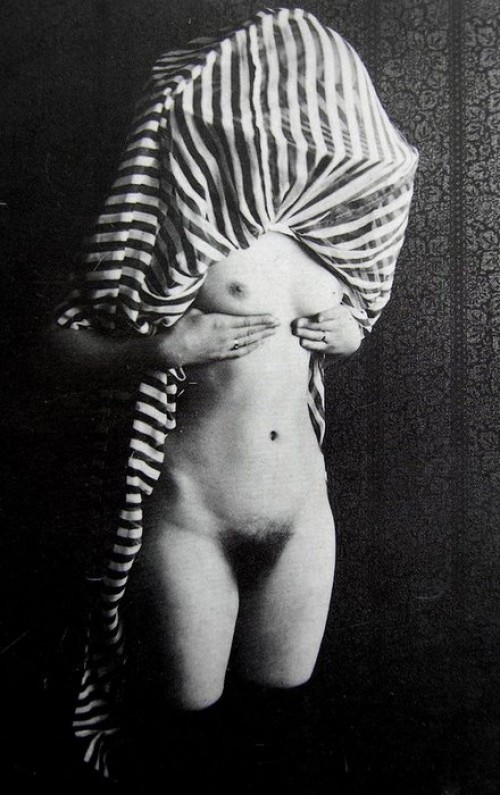
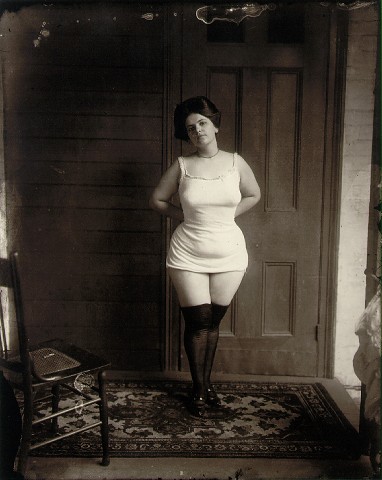
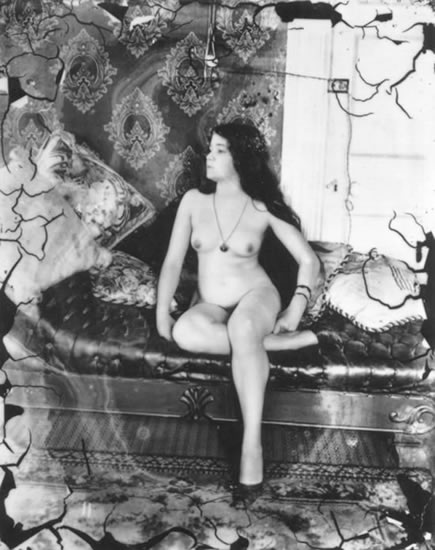
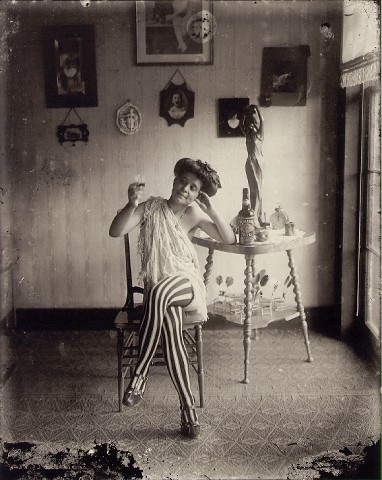
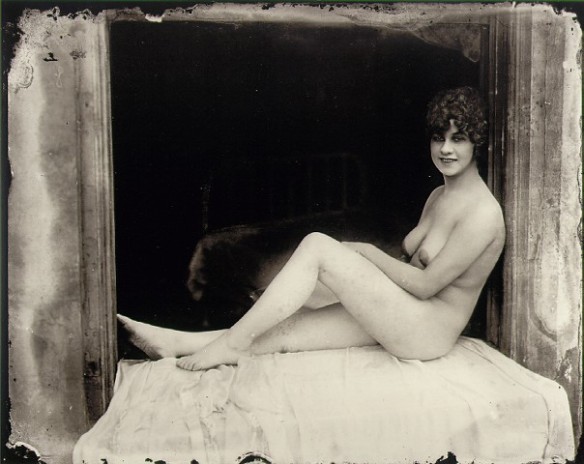

No hay comentarios.:
Publicar un comentario